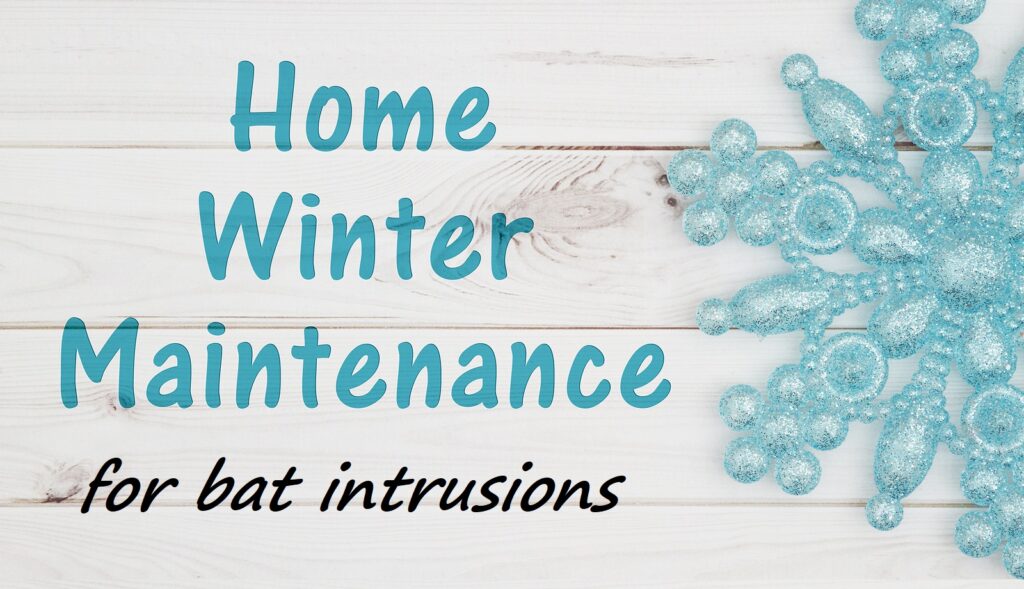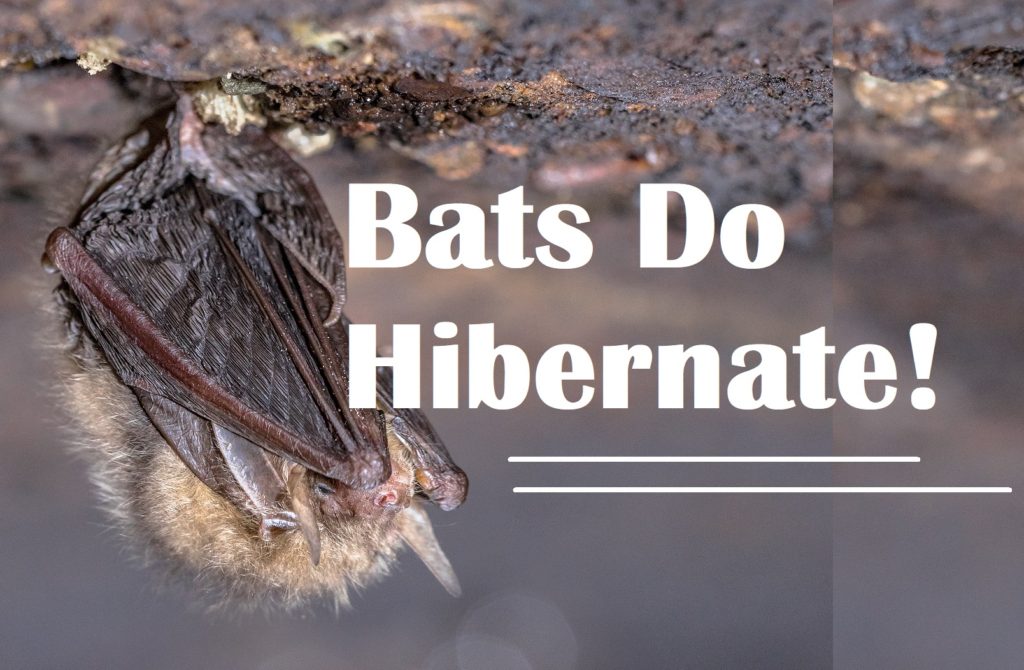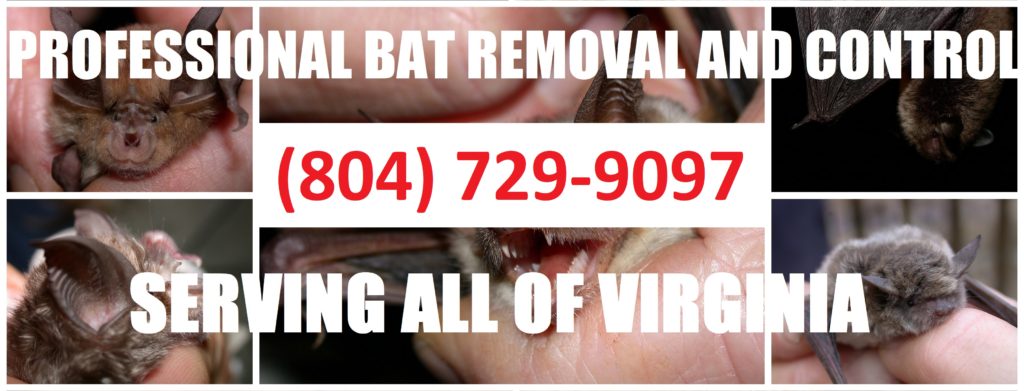Many homeowners believe that bats hibernate in the winter, and therefore, cannot pose any structural damage or infestation threats to their property. But this is not always accurate. Although bats do have a hibernation season around this time of year, and the need for bat removal service significantly declines through the winter, bats can still pose several types of hazards to your property.
This winter, learn what you need to do to protect your home or business from intruding bats in the attic. This is especially important for those who live near large bodies of water or forested areas. Bat populations tend to be much higher and more concentrated in prime habitat locations like these. If you do live in a location like this, you already know that wildlife can be a nuisance, which is probably why you are wondering about attic bats in the winter.
Continue reading to get started for some top tips for preventing and getting rid of the bats in the attic.

Common Bat Species in Virginia
Although there are nearly 20 bat species native to Virginia, the ones that are most likely to inhabit your attic space include the Big Brown bat, Little Brown bat, and the Evening bat. These are the most common types of nuisance bat species in Virginia, and they all can display different migrating patterns.
While the Big Brown bat prefers to hibernate close by, the small brown bat tends to migrate south towards warmer weather and more abundant food supply, but not all of them. Many Little Brown bats hibernate in Virginia, which is why they are often found roosting in attic spaces.
The Evening bat may migrate south for the winter, but usually they stay within the borders. Evening bats do not hibernate in caves, and instead look to rock crevices, hollowed trees, and of course, attics.
Bat Intrusions in the Wintertime
Because the top nuisance bats in Virginia do not typically migrate in large populations, they are often the culprits behind attic infestations. Bats look for warm, safe shelter to hibernate and reproduce their offspring in the winter. Factors like land over-development and habitat dispersal have impacted bat populations, forcing them into our urban and suburban communities. Attics, wall voids, crawl spaces, chimneys, barns, and sheds are common places chosen by Virginian bats.
Animal Proofing Prevents Bat Intrusions
So, although bats are likely to hibernate in the winter, that does not mean you are in the clear of a bat intrusion. In fact, you could be at an even higher risk. Animal proofing strategies are the best way to ensure your home is protected through the winter against wildlife infestations. Talk to a local Richmond bat removal company about sealing up your property to keep bats out. They can help you achieve this safely, humanely, and within a reasonable budget.
How to Check for Attic Bats
Unless you look for or spot the signs of a bat infestation in the house, it is not likely that you will catch it until spring. When bats emerge from hibernation, also known as torpor, they will begin to make a lot of noise, shuffling around, coming and going, raising their pups, and more. In fact, strange noises are one of the first signs of a bat infestation noticed by homeowners.
Here are additional signs that you have bats in the attic:
▷ Lingering Odors
▷ Wall/Ceiling Stains
▷ Guano Presence
Are you interested in learning how you can protect your home or business against nuisance bat damages? Perhaps you need to repair your attic after an infestation? Contact Virginia Bat Pros at 804-729-9097 for professional and affordable Richmond bat removal and attic restoration services for bat damages. We serve residential and commercial properties.
Related Posts:
Do Bats Go into Hibernation Soon?
The Facts About Structural Damage Restorations for Attic Bat Infestations
Information About Bat Exclusion For Attics


